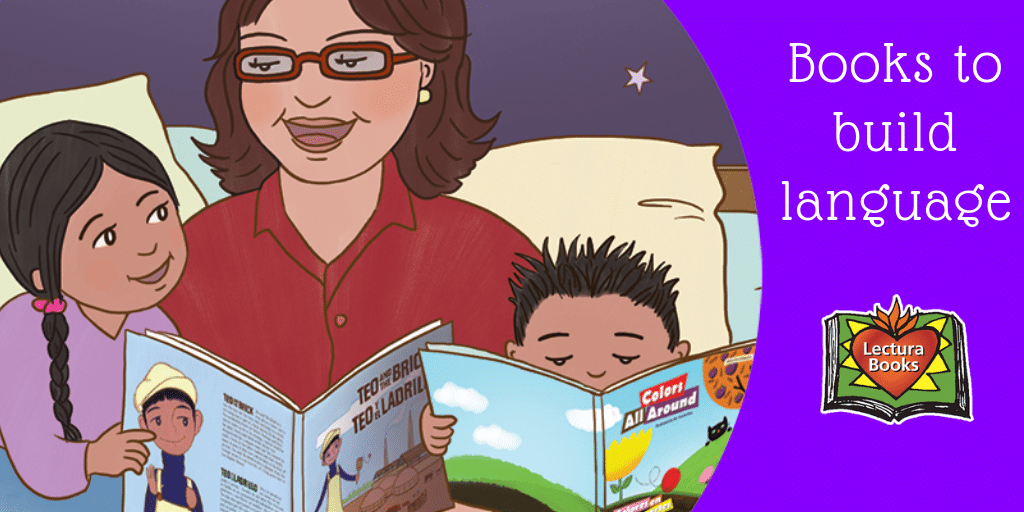Children connect with stories and themes that they know. If something is recognizable to them in a book, they will often relate to it in a way that draws similarities to the people and events in their own lives. Through this familiarity, reading becomes more enjoyable and serves a stronger purpose towards promoting successful literacy outcomes. Teachers who work with ELL’s seek out books that bring a cultural relevance to these students in order to achieve this end and the result is primarily positive. Although the goal is to teach these students the English language and most lessons are conducted in this secondary tongue, introducing books in the classroom that tap into the cultural background of these children fosters a stronger bond with the written word.

But what about outside of the classroom? Reading in the home is just as important as it is in school, but the responsibility towards continuing the child’s literacy accomplishments lies with the parents. They can provide important context and explain difficult ideas and complex themes to their children when questions emerge. The main challenge, however, is that Hispanic parents of ELL’s don’t always have the
same literacy acumen as their child and they may have trouble reading English themselves. This is why it’s important to bring that same cultural relevance to parents when they read to and with their children. Finding the same
relatability in their experiences can help empower them as teachers by opening up their knowledge with books that are culturally familiar. Not only can it make parents feel more comfortable reading to their child but it can tap into their world view and make it much easier for them to engage in a manner that lets them exercise their authority on a particular subject. This, in turn, encourages reading through confidence and the proper positive outcomes for literacy can be reached quicker and with more efficacy. The building blocks for reading are established through the native tongue which then provides the foundation for learning how to read in the secondary language. But it takes a concerted effort of the teacher and the parent to work together and bringing a culturally relevant approach into the mix can be the difference between success and failure.
See what Lectura Books has to offer for bilingual and dual-language programs, and for multicultural children’s books. Also, take a look at our parent programs for Spanish-speaking parents offered by The Latino Family Literacy Project. If you would like to find out more information, take a few minutes to watch this testimonial video of parents who have already experienced the program.

